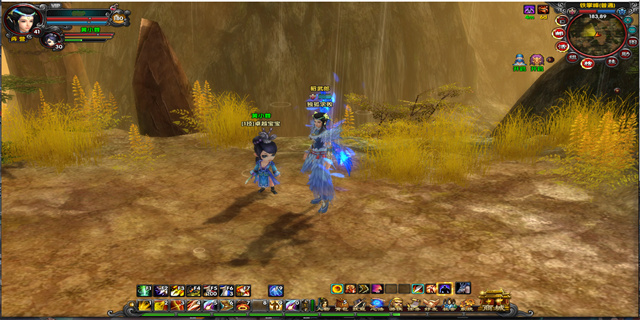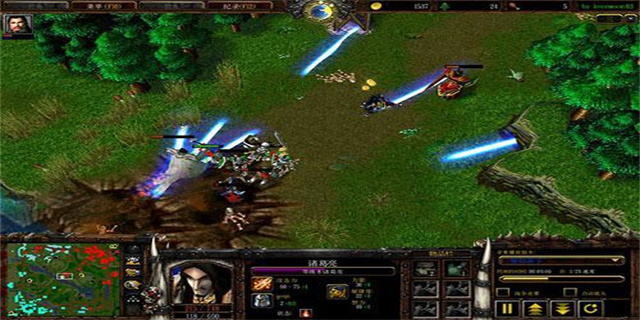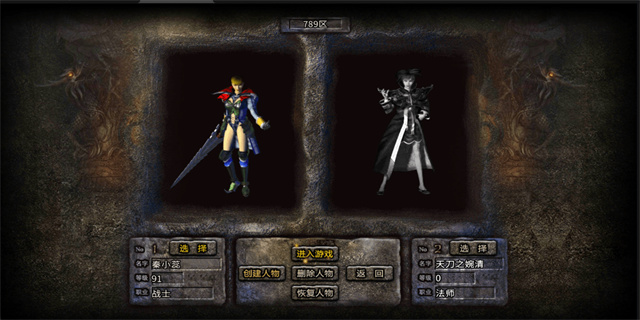CTFMON: A Brief Introduction to CTF Monitoring
Introduction
CTFMON is a program that is commonly found in Windows operating systems. It stands for \"CTF Manager\" and is responsible for handling and managing the processes related to the Text Services Framework (TSF) in Windows. TSF is an interface that allows users to input and manipulate text with different input methods, including keyboards, handwriting recognition, and speech recognition. CTFMON monitors and provides support for these input methods, ensuring a smooth user experience. In this article, we will explore the functionality and significance of CTFMON in more detail.
Functionality of CTFMON
The main role of CTFMON is to track, control, and manage the various text input services and processors in Windows. It helps in providing multilingual support, keyboard layout switching, handwriting recognition, and other text-related functionalities. CTFMON runs as a background process and is responsible for loading the necessary language-specific input software, known as language input processors (LIPs), when needed. These LIPs allow users to input and process text in different languages.
Significance of CTFMON
While CTFMON is an essential component of the Windows operating system, it may not be necessary for all users. Some users may find that CTFMON consumes a significant amount of system resources, including memory and processing power. For users who do not require multilingual support or other advanced text input features, disabling or optimizing CTFMON can improve system performance. However, it is important to note that disabling CTFMON completely may cause certain text-related features to become inaccessible or malfunction.To disable CTFMON, users can follow the steps below:
- Open the \"Run\" dialog by pressing the Windows key + R.
- Type \"msconfig\" and hit Enter.
- In the System Configuration window, navigate to the \"Services\" tab.
- Find \"Touch Keyboard and Handwriting Panel Service\" and uncheck it.
- Click \"Apply\" and then \"OK\" to save the changes.
- Restart the computer for the changes to take effect.
It is worth noting that disabling CTFMON using this method only disables the specific functionality related to CTFMON while keeping other necessary services intact. Users can easily re-enable CTFMON by following the same steps and rechecking the \"Touch Keyboard and Handwriting Panel Service\" option. It is recommended to only disable CTFMON if it is causing noticeable performance issues and is not required for daily use.
Conclusion
CTFMON plays a vital role in the Text Services Framework of Windows operating systems. It manages and provides support for various text input methods, ensuring a seamless user experience. While it may consume system resources, users should consider disabling or optimizing CTFMON only if they do not require multilingual support or other advanced text input features. Disabling CTFMON can potentially improve system performance, but it is necessary to be cautious of the potential consequences. Understanding the functionality and significance of CTFMON allows users to make informed decisions regarding its usage and optimization.
版权声明:本文内容由互联网用户自发贡献,该文观点仅代表作者本人。本站仅提供信息存储空间服务,不拥有所有权,不承担相关法律责任。如有侵权请联系网站管理员删除,联系邮箱2509906388@qq.com@qq.com。


























